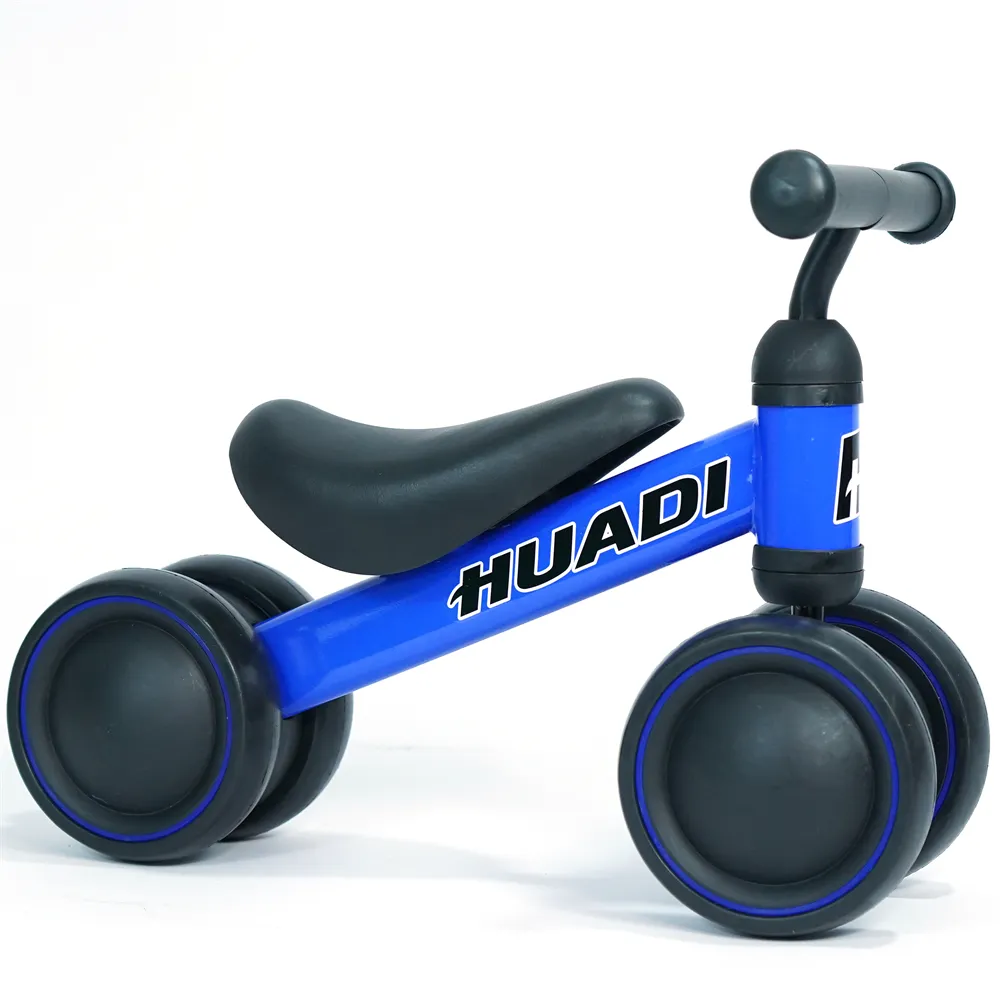Exploring Different Types of Mountain Bikes for Every Trail and Terrain
Understanding Different Types of Mountain Bikes
Mountain biking is an exhilarating adventure that can take you through diverse terrains, from rocky paths to lush forest trails. However, to make the most of your experience, it's crucial to choose the right type of mountain bike that suits your riding style, the terrain, and your personal preferences. In this article, we will explore the different types of mountain bikes, which can be categorized based on their design, purpose, and features.
1. Cross-Country (XC) Bikes
Cross-country bikes are designed for speed and efficiency on smooth and moderately rough trails. They are lightweight, with a focus on climbing and long-distance rides. The geometry of XC bikes makes them suitable for riders who enjoy racing or long rides on relatively flat terrain. Cross-country bikes often come with either hardtail (front suspension only) or full-suspension (both front and rear suspension) options. Hardtail models are lighter and offer better pedaling efficiency, while full-suspension models provide a smoother ride over rougher terrain.
2. Trail Bikes
Trail bikes are the most versatile option for mountain bikers. They are built to handle various terrains, from steep climbs to technical descents. Trail bikes offer a balanced mix of efficiency and capability, making them ideal for all-around riding. They usually come with a moderate amount of suspension travel (around 120-150mm) that helps absorb shocks while maintaining agility. The geometry of trail bikes tends to be more relaxed than XC bikes, which enhances stability during downhill rides.
All-mountain bikes, also known as enduro bikes, are designed for riders who love tackling steep descents while still being able to climb back up. These bikes come with more suspension travel (150-170mm) to handle rough terrain and technical features. All-mountain bikes often have a more aggressive geometry, which allows for better handling and stability when descending. They are heavier than XC and trail bikes, but their design makes them perfect for exhilarating downhill runs while still being capable of climbing back to the top.
mountain bike types

4. Downhill Bikes
Downhill bikes are specifically engineered for steep, downhill trails and are built to handle extreme riding situations. They are heavy, with robust frames and a significant amount of suspension travel (typically over 200mm), designed to absorb massive hits and drops. Due to their design, downhill bikes are not suited for climbing; they are primarily used in lift-accessed terrain where the primary goal is to descend quickly and safely. Riders who enjoy downhill racing or parks with dedicated downhill trails will find these bikes most suitable.
5. Fat Bikes
Fat bikes are characterized by their oversized tires, typically measuring 3.8 inches or more in width. These bikes are designed to perform well in soft terrains, such as snow, sand, or mud, where traditional mountain bikes might struggle. Fat bikes provide excellent traction and stability, allowing riders to venture off the beaten path and explore areas that would be difficult to ride with standard mountain bike tires. While they tend to be heavier and slower on hard-packed trails, their versatility in various conditions is unparalleled.
6. Electric Mountain Bikes (e-MTBs)
Electric mountain bikes have gained immense popularity in recent years, allowing riders to tackle challenging trails with less physical strain. Equipped with a battery-powered motor, e-MTBs provide additional assistance when pedaling, making uphill climbs easier and longer rides more accessible. They come in various styles, including trail, all-mountain, and downhill, and offer riders the chance to explore more terrain without exhausting themselves. However, they still require a certain level of fitness and riding skill.
Conclusion
Choosing the right mountain bike depends on your riding style, terrain preferences, and personal goals. Whether you're a casual rider looking to explore local trails or an adrenaline junkie seeking thrilling descents, there's a mountain bike tailored for your needs. Understanding the types available will help you select the right companion for your adventures, ensuring that you have the best experience possible on the trails.
-
kids-scooter-tiny-olympic-games-scooterathlonNewsAug.22,2025
-
kids-scooter-waves-xingtai-zhongzhous-global-rippleNewsAug.22,2025
-
baby-tricycle-oem-legacy-zhongzhou-forgedNewsAug.22,2025
-
xingtais-twin-tricycle-revolution-siblings-ride-togetherNewsAug.22,2025
-
baby-tricycle-design-inspired-by-ancient-armorNewsAug.22,2025
-
nfc-chip-enabled-oem-baby-tricycle-trackingNewsAug.22,2025
-
The Perfect Baby TricycleNewsAug.11,2025








